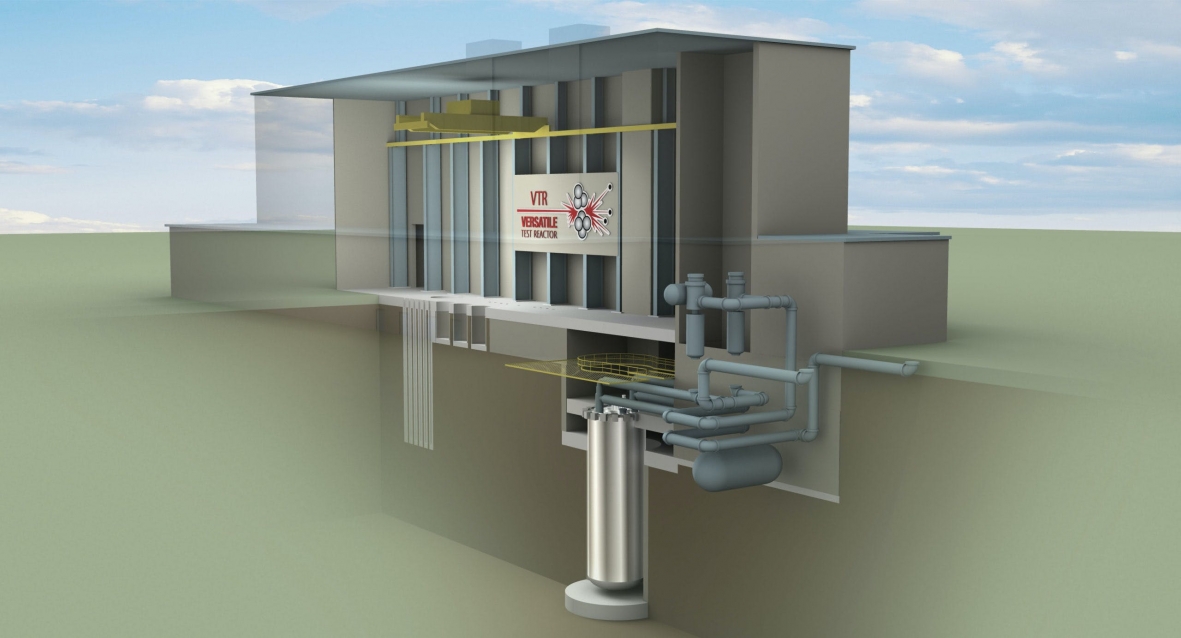DOE approves Critical Decision 1 for Versatile Test Reactor

The U.S. Department of Energy (DOE) approved Critical Decision 1 for the Versatile Test Reactor (VTR) project, a scientific user facility that would support research and development of nuclear energy and technologies.
Critical Decision 1 is the second step in the process the DOE uses to review and manage research infrastructure projects. In this process, federal committees review the conceptual design, schedule, and cost range, and analyze potential alternatives.
DOE also issued a Notice of Intent to prepare the Environmental Impact Statement (EIS) for VTR. The project now moves to the engineering design phase as soon as Congress appropriates funding. DOE has requested $295 million for FY 2021 for this project.
This project represents a step toward re-establishing the United States as a global leader in nuclear energy research, safety, and security, and developing new technologies, DOE Secretary Dan Brouillette said.
“The Versatile Test Reactor addresses a long-standing gap in research infrastructure in the United States,” Brouillette said. “We have not had a fast neutron spectrum test facility for decades. Many of the new reactor designs under development by in the United States require this sort of long-term testing capability. Not only will VTR support the research and development of much-needed clean energy technologies, but it is key to revitalizing our nuclear industry, which has long been the model for safe operations and security for the world.”
The DOE will make a final decision on the design, technology selection, and location for VTR following the completion of the EIS and Record of Decision. Both are expected to be completed in late 2021.
“The approval of Critical Decision 1 establishes a solid foundation upon which the design phase can begin,” Rita Baranwal, assistant secretary for DOE’s Office of Nuclear Energy, said. “We have repeatedly heard from industry and other stakeholders that the United States needs a fast neutron scientific user facility to maintain our global leadership in nuclear energy. This decision puts us firmly on the path toward achieving that goal.”
